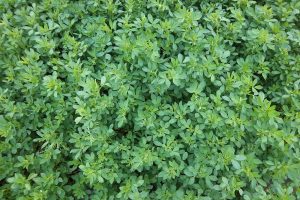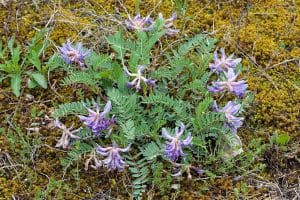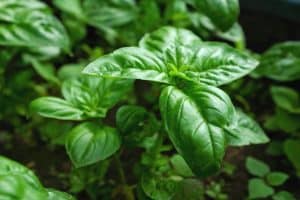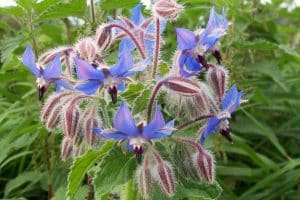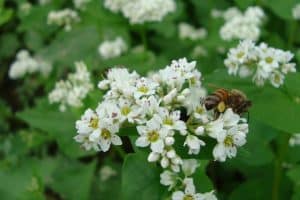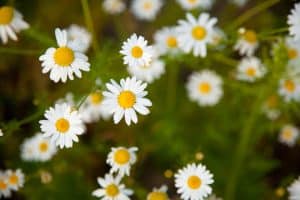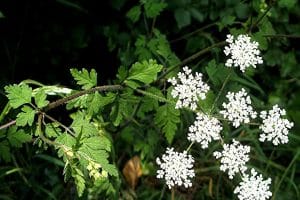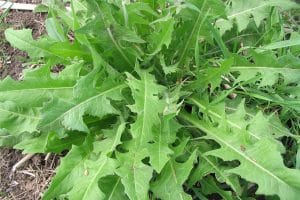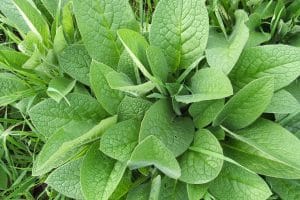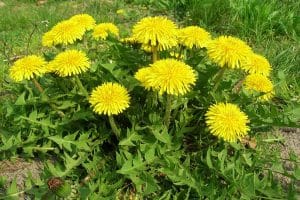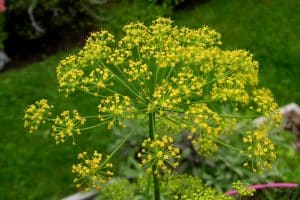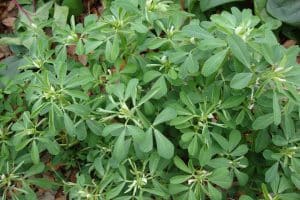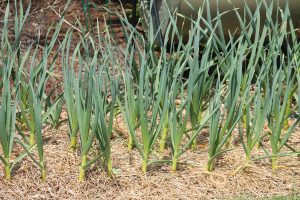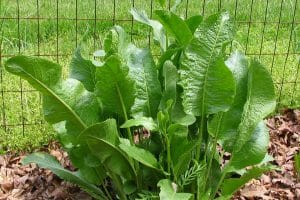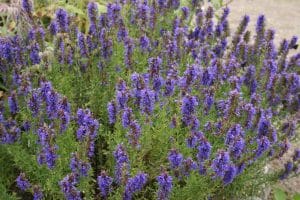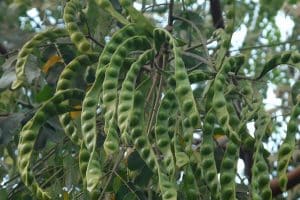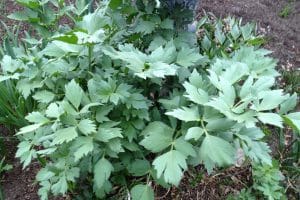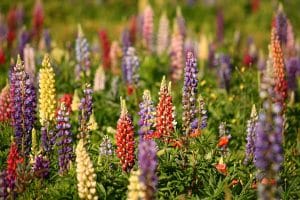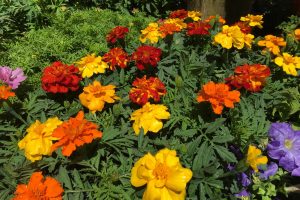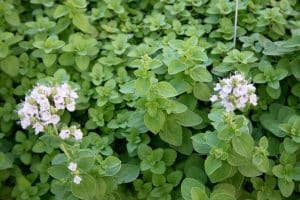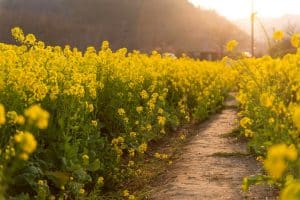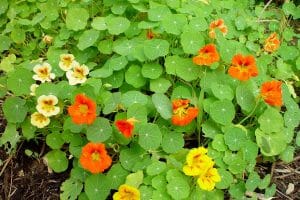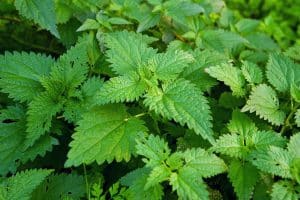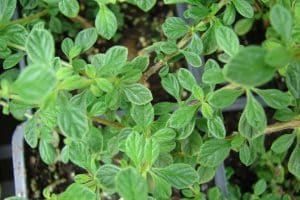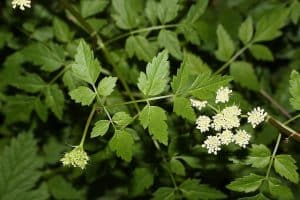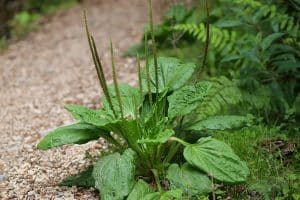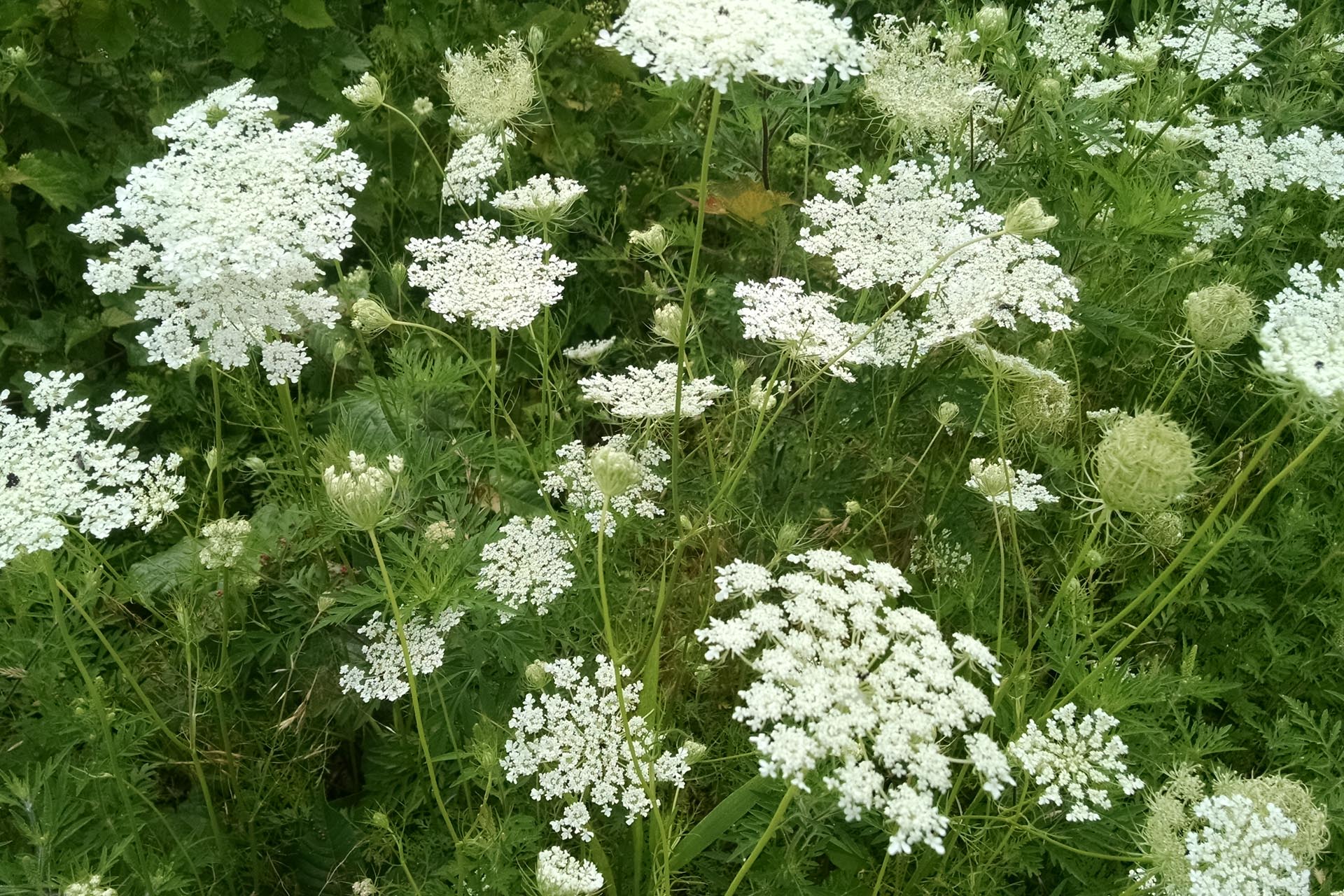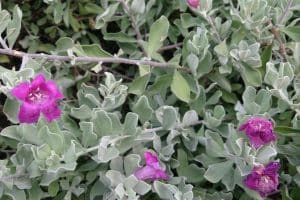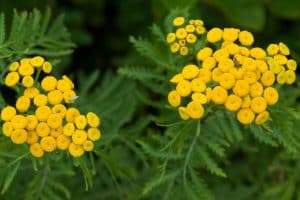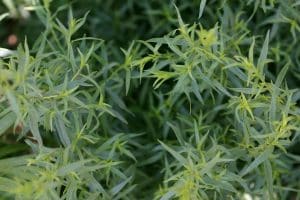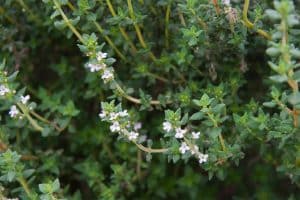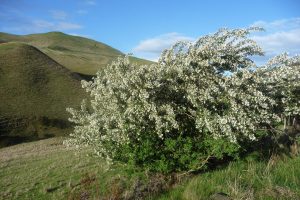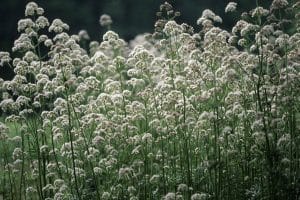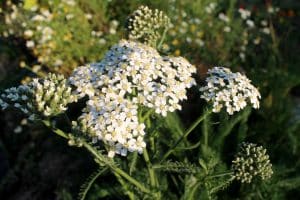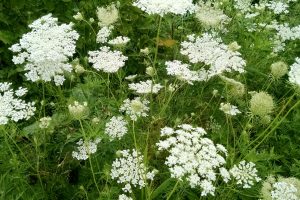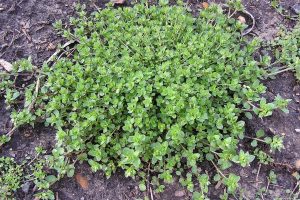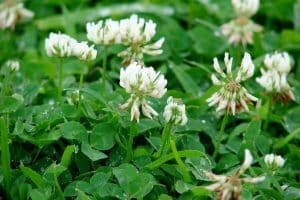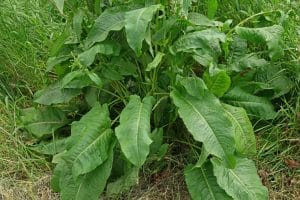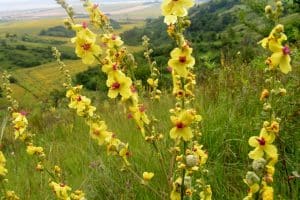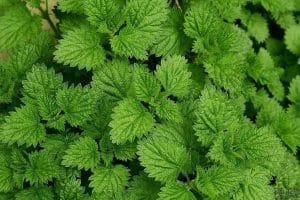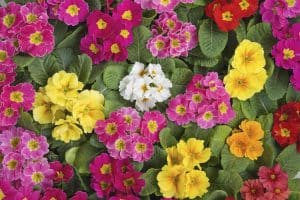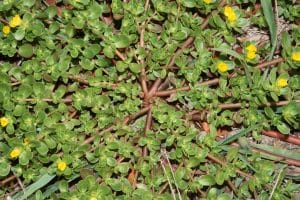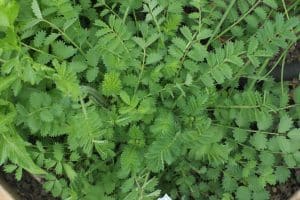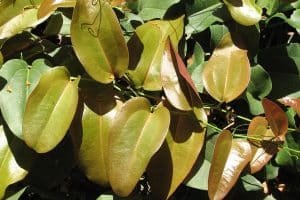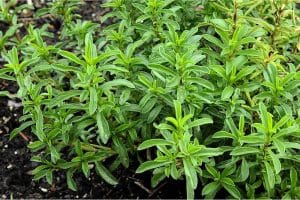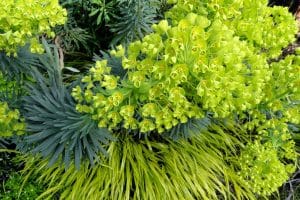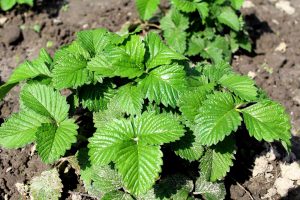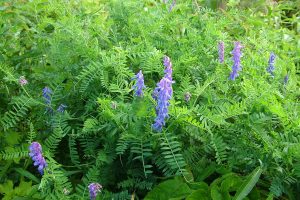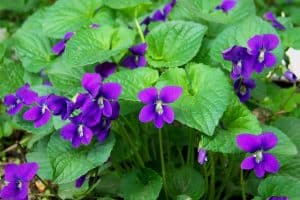Plants
Soil Improvement plants
There are many ways we can use plants in the garden to aid in our quest to produce the best vegetables we could possibly eat. By making use of their beneficial qualities, we can improve the soil and plants around them, and hopefully reduce the need for insecticides.
Plants that improve soil quality and benefit other plants
Alfalfa
Will improve structure and fertility of the soil. Use as a green manure crop; allow to grow, cut down and leave to compost as a sheet on the soil’s surface.
Borage
- fixes potassium in the soil
- provides a source of calcium
- leaves can be used as mulch
- can be added to compost
- improves quality and quantity of strawberries (but it has a sprawling growth habit that can compete with strawberry plants)
- gives nearby plants increased resistance to pests and disease
- provides a source of calcium
- leaves can be used as mulch
- can be added to compost
- improves quality and quantity of strawberries (but it has a sprawling growth habit that can compete with strawberry plants)
- gives nearby plants increased resistance to pests and disease
Buckwheat
- can be used as a green manure crop
- can be added to compost
- has fibrous shallow roots that help to loosen clay soils
- will improve moisture and nutrient retention in sandy soils
- brings up phosphorus from the soil, so is good to plant before a crop (such as peas) that likes phosphorus
- can be added to compost
- has fibrous shallow roots that help to loosen clay soils
- will improve moisture and nutrient retention in sandy soils
- brings up phosphorus from the soil, so is good to plant before a crop (such as peas) that likes phosphorus
Chamomile (perennial)
- improves nearby plants
- can be made into a tea that will help ailing plants
- considered the “healing plant”, so plant anywhere to encourage healthy growth
- insects won’t breed in it
- can be made into a tea that will help ailing plants
- considered the “healing plant”, so plant anywhere to encourage healthy growth
- insects won’t breed in it
Chervil
- strengthens flavour of radishes if planted close by
- improves the quality of carrots
- inhibits development of diseases
- benefits if coriander grown nearby
- improves the quality of carrots
- inhibits development of diseases
- benefits if coriander grown nearby
Chives
- tea can be used to treat apple scab on apple trees
(boil dried chives in water, cool and dilute with water at ½ strength)
(boil dried chives in water, cool and dilute with water at ½ strength)
Comfrey
- concentrates nitrogen, silica, magnesium, phosphorus, and potassium
- will break up hard soils
- leaves are a good compost activator
- leaves can be used as a mulch or made into a tea for use as a foliar spray
- won’t draw nitrogen from the soil when it decomposes
- best not to plant amongst vegetables as it is very vigorous
- will break up hard soils
- leaves are a good compost activator
- leaves can be used as a mulch or made into a tea for use as a foliar spray
- won’t draw nitrogen from the soil when it decomposes
- best not to plant amongst vegetables as it is very vigorous
Fenugreek
- adds nitrogen
- helps break up clay soils
- good winter manure crop as it also controls nematodes
- helps break up clay soils
- good winter manure crop as it also controls nematodes
Horseradish
- improves quality and quantity of potatoes if nearby and protects them from fungus
- a tea can be made to help with fungal diseases
- a tea can be made to help with fungal diseases
Horsetail
- rich source of silica (strengthens plant cell walls)
- a declared noxious weed in New South Wales (dried herb is available from health food stores)
Boil a tablespoon of dried herb in 2 litres of water for 20mins, let stand for 2 days, strain and apply
- use on mildew and fungus
- spray lightly over young plants to prevent ‘damping off’
- a declared noxious weed in New South Wales (dried herb is available from health food stores)
Boil a tablespoon of dried herb in 2 litres of water for 20mins, let stand for 2 days, strain and apply
- use on mildew and fungus
- spray lightly over young plants to prevent ‘damping off’
Hyssop
- increases yield of grapes
- a tea spray made from the leaves can help treat bacterial diseases
- a tea spray made from the leaves can help treat bacterial diseases
Legumes (peas / beans / lupins)
- fix nitrogen from the air into the soil
- can be grown as a green manure
- plant crops that will benefit from extra nitrogen, such as leafy greens, after a legume crop
- can be grown as a green manure
- plant crops that will benefit from extra nitrogen, such as leafy greens, after a legume crop
Lupin
- adds nitrogen
- long taproot aerates soil
- good as a green manure crop as it also controls nematodes
- long taproot aerates soil
- good as a green manure crop as it also controls nematodes
Marigold
- good warm-season green manure crop will help control nematodes
- interplant with cow pea or other legume and benefit from nitrogen fixation as well
- interplant with cow pea or other legume and benefit from nitrogen fixation as well
Mustard Plants
- rich in potassium and phosphorus
- will deter nematodes so plant as a winter green manure before crops that are susceptible
- deeper tap-like roots will improve drainage and tilth of deeper clay soils
- will deter nematodes so plant as a winter green manure before crops that are susceptible
- deeper tap-like roots will improve drainage and tilth of deeper clay soils
Nasturtiums
- improve quality of radishes and potatoes when planted nearby
- protect broccoli from aphids
- protect broccoli from aphids
Nettles
- returns nitrogen to the soil
- can be made into a liquid fertilizer (especially good when combined with comfrey)
- can be added to compost
- plant around tomatoes to help inhibit mould
- chop up and put back into soil
- can be used as a tea for mildew
- can be made into a liquid fertilizer (especially good when combined with comfrey)
- can be added to compost
- plant around tomatoes to help inhibit mould
- chop up and put back into soil
- can be used as a tea for mildew
Queen Anne’s lace
- invigorates nearby plants
- may boost tomato production
- creates a microclimate of cool, moist air for lettuce when inter-cropped
- contains thymoll, which is a powerful disinfectant
- may boost tomato production
- creates a microclimate of cool, moist air for lettuce when inter-cropped
- contains thymoll, which is a powerful disinfectant
Valerian
- boosts growth of nearby vegetables
- boosts earthworm activity (a tea sprayed on the ground will attract them)
- boosts earthworm activity (a tea sprayed on the ground will attract them)
Dynamic accumulators
Dynamic accumulators are plants that can retrieve nutrients from deep in the soil. Many of these plants are also beneficial as insectary plants, so there are multiple reasons for having them in the garden.
Several are particularly good planted as green manure crops. It may not be practical to grow these amongst the veggies but the leaves can be harvested then strewn around as a mulch or added to the compost.
Several are particularly good planted as green manure crops. It may not be practical to grow these amongst the veggies but the leaves can be harvested then strewn around as a mulch or added to the compost.
Spurges (euphorbia)
- boron
- some are declared weeds
- includes radium weed, poinsettia
- many have milky sap
- some are declared weeds
- includes radium weed, poinsettia
- many have milky sap
Watercress (Wasturtium officinale)
sodium / fluorine / sulphur / magnesium / calcium / potassium / phosphorus / iron

